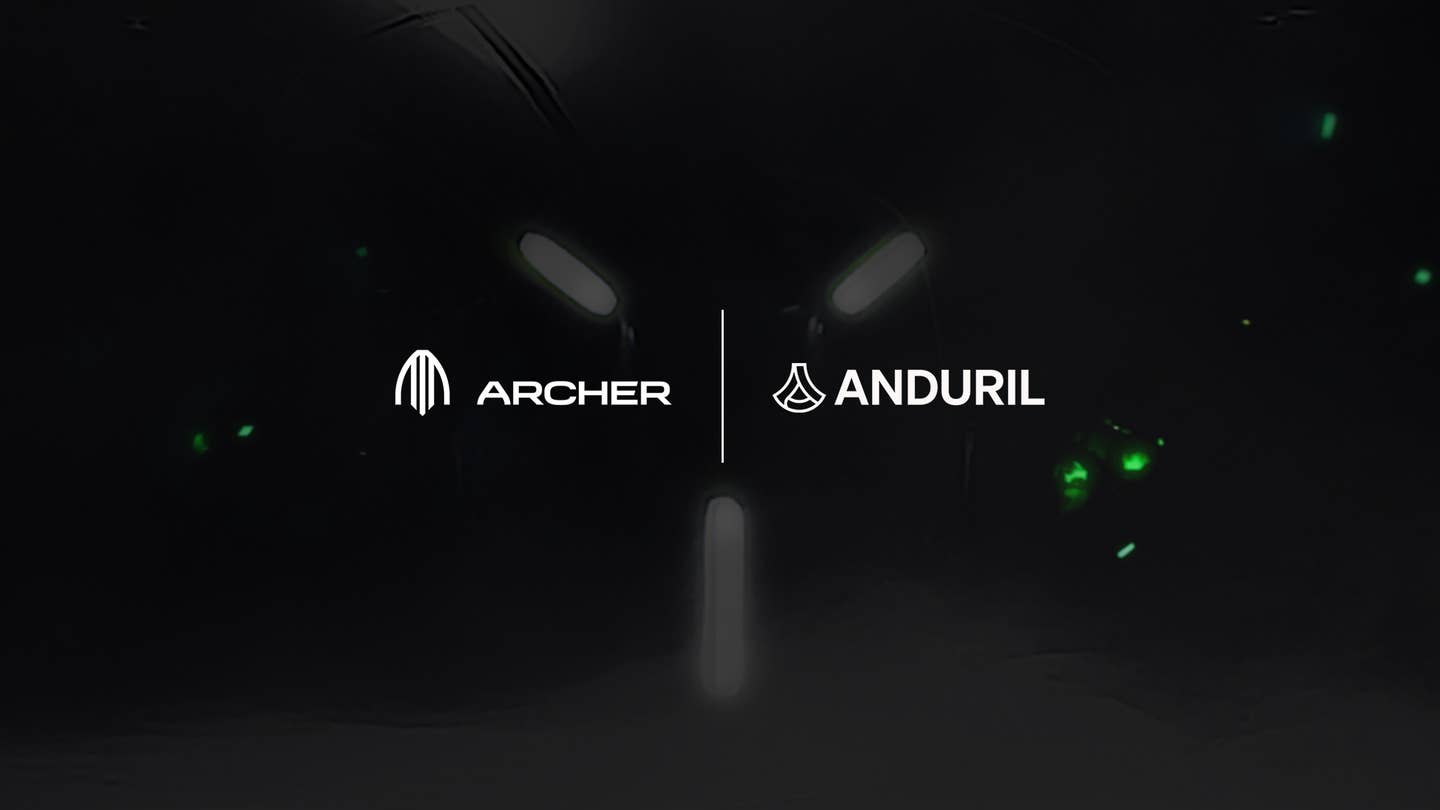NASA Reveals Mission Timeline for Crewless Starliner Return
The space agency outlined its spacecraft salvage operation as astronauts are forced to stay at ISS another six months.

Boeing’s Starliner capsule has been docked to the International Space Station since June 6. [Courtesy: NASA]
NASA has announced its mission timeline for the uncrewed Boeing Starliner spacecraft to depart from the International Space Station and return autonomously to Earth on Friday.
This comes after a weeklong mission to the ISS extended into an eight-month nightmare for two astronauts after the Starliner experienced thruster malfunctions during the trip to space. Since their blastoff on June 5, NASA astronauts Barry “Butch” Wilmore and Sunita “Suni” Williams have been staying on the ISS alongside the Expedition 71 crew.
NASA announced in August that the crew would be returning via the SpaceX Dragon spacecraft in February. They won’t be the first astronauts returning to Earth in a separate spacecraft than the one they launched from, though missions extended from unforeseen factors are rare.
Returning the Starliner
NASA’s mission timeline posted on Thursday states that safety and mission success remains top priorities for teams during the Starliner’s return.
As the first American capsule designed to touch down on land, the Starliner will use potential landing locations in the White Sands Missile Range, New Mexico; Willcox, Arizona; and Dugway Proving Ground, Utah. NASA said that Edwards Air Force Base in California is also available as a contingency landing site.
NASA said it analyzes weather predictions for the various landing sites, taking note of winds, ground temperatures, cloud ceiling height, visibility, precipitation, and nearby storms. When the teams start undocking, the Starliner will complete several departure burns. From there, the spacecraft is planned to reach its landing site in as little as six hours.
During this deorbit burn, a final weather check will commence.
“Winds must be at or below 10 mph (9 knots),” NASA’s mission timeline said. “If winds exceed these limits, teams will waive the deorbit burn, and Starliner will target another landing attempt between 24 and 31 hours later.”
Assuming weather meets acceptable conditions, Starliner will execute its deorbit burn for approximately 60 seconds. This will slow it down enough to reenter earth’s atmosphere and land at its target site. Immediately after the deorbit burn, the spacecraft will reposition for service module disposal, which will burn up during reentry over the southern Pacific Ocean.
Reentry will see the capsule reach temperatures of up to 3,000 degrees Fahrenheit, which may interrupt communications with the spacecraft for approximately four minutes. After this, the forward heat shield on top of the aircraft will be jettisoned and several parachutes will be deployed at 30,000 feet.
As the aircraft continues to slow down, the base heat shield will jettison at 3,000 feet and cause six landing bags to inflate. The spacecraft will travel at approximately 4 mph at touchdown.
Recovery After Landing
After touchdown, several NASA and Boeing landing recovery teams stationed near Starliner’s landing site will move toward the spacecraft in sequential order:
- The gold team will use equipment to “sniff” the capsule for any hypergolic fuels that didn’t fully burn off before re-entry. They also cover the spacecraft’s thrusters.
- The silver team will then electrically ground and stabilize the Starliner.
- The green team will supply power and cooling to the crew module since the spacecraft will be powered down.
- The blue team will then document the recovery for public dissemination and future process review.
- The red team, which includes Boeing fire rescue, emergency medical technicians, and human factors engineers, then will open the Starliner hatch.
The teams will begin unloading time-critical cargo from the Starliner. The spacecraft will then be moved to Boeing facilities at NASA’s Kennedy Space Center in Florida for refurbishment.

Sign-up for newsletters & special offers!
Get the latest FLYING stories & special offers delivered directly to your inbox






